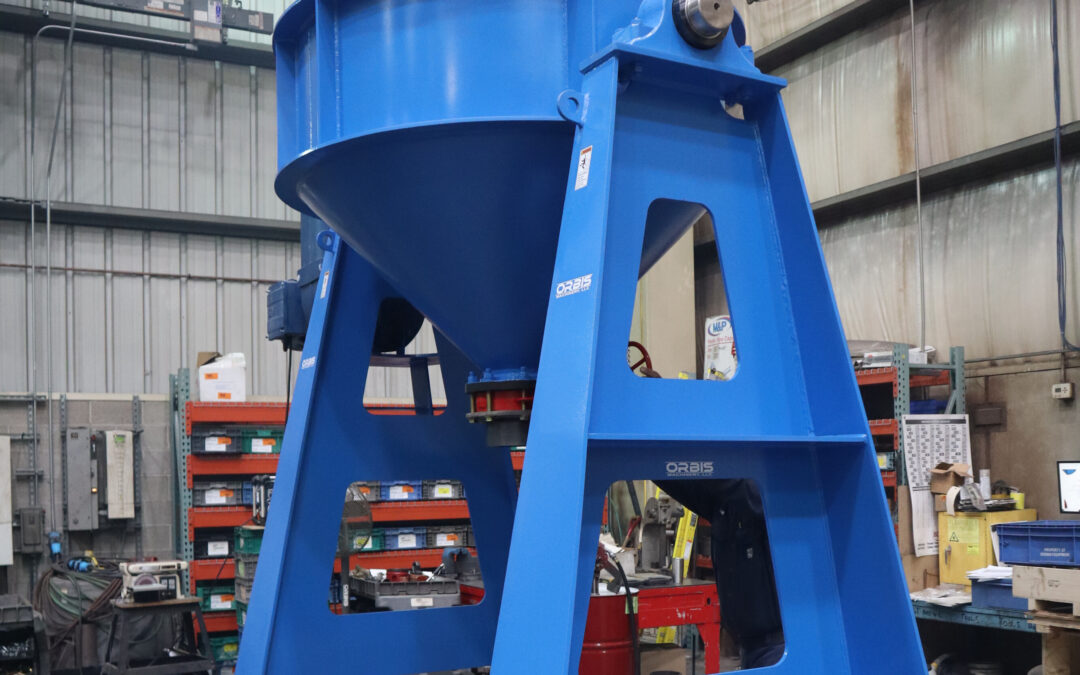With Covid-19 still ravaging the world larges economy, productivity is currently at it lowest since 2015. The manufacturing sector has witnessed series of job cuts and production hours reduced as a response to the stay at home and shelter in place orders in the United States. According to data from the Labor Department, there is a 2.5% decrease in employee hourly output. There is also a 6.2% reduction in output based on annualized rate due to the 3.8% decrease in working hours.
Despite the fall in productivity, labor costs have witnessed a 4.8% increase from a 0.9% increase from the previous month. All of these are traceable to the order by state governments for businesses to close down if they are not classified as essential services. Currently, sales is at an all time low across the United States, which is why manufacturers will continue to reduce production hours in order to cover up for the rising costs.
In the manufacturing sector, productivity, hours and output fell by 3.3%, 3.9% and 7.1% respectively. The larges aspect of the burden is on the durable goods sector which experienced 8.3% plummeting in output. While the output of durable goods fell by 11.9%, the hours worked experienced a 3.9% reduction. Manufacturers such as GM, Ford, and Tesla fall in the category of durable goods manufacturers who have had to close down due to the pandemic. Even though they are focusing on producing Personnel Protective Equipment (PPEs), their production is still experiencing a downturn.
The peculiarity of the pandemic has even increased output for non-durable goods as that is what is currently needed by Americans. Production of nondurable goods climbed up by 2.1% while compensation grew by another 3.7%.
Since the pandemic started, more than 33 million Americans have filed for unemployment. As at the end of the week ending on May 2nd, another 3.17 million Americans file for unemployment claims. The data by the Bureau of Labor Statistics only cover the beginning of Covid-19 as it does not consider the earlier job losses before the pandemic affected the United States.
The heartbreaking nature of Covid-19 might go beyond the damage it has caused currently as it’ll do more damage to the economy if not controlled in due time. Until the pandemic is over, the manufacturing sector will still be operating at a skeletal stage further leading to job cuts. Invariably, this will also extend to the 2nd quarter of the year which may be even be more saddening than what is currently obtainable.
For the manufacturing sector, the future looks blurry and bleak. It’s feeling the impact of Covid-19 more than other sectors of the economy. Even when the pandemic is over, it’ll take time before the sector recovers from the damage. Hopefully, with the gradual opening up of the economy by some states, productivity will pick up and there will be need to make do for the job cuts by bringing in more hands.



